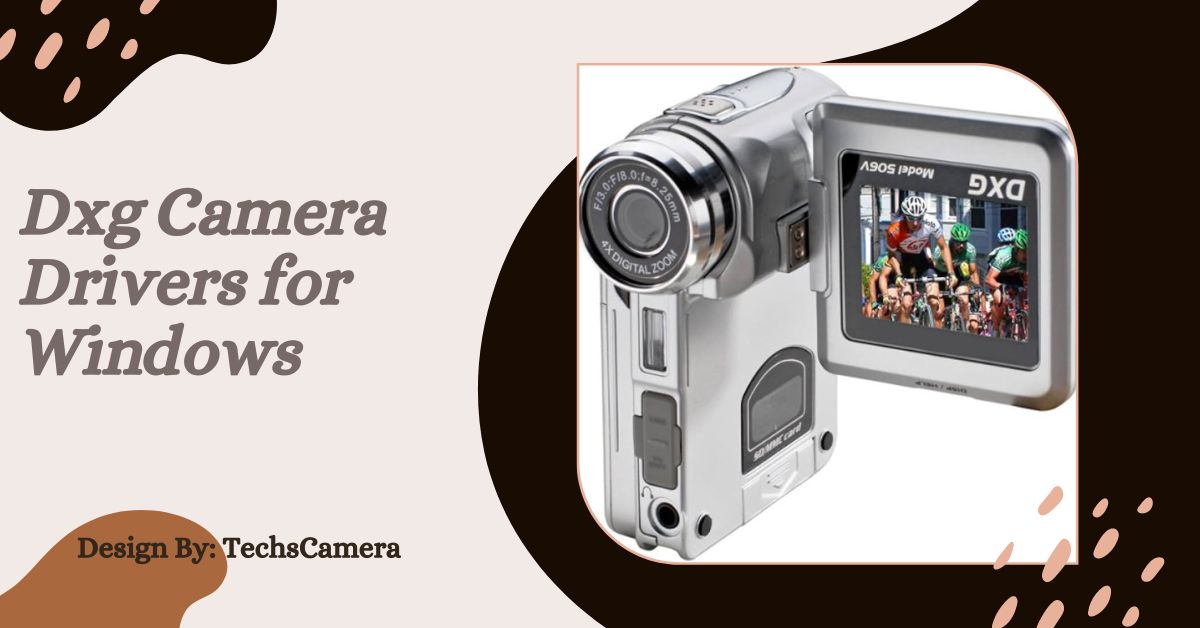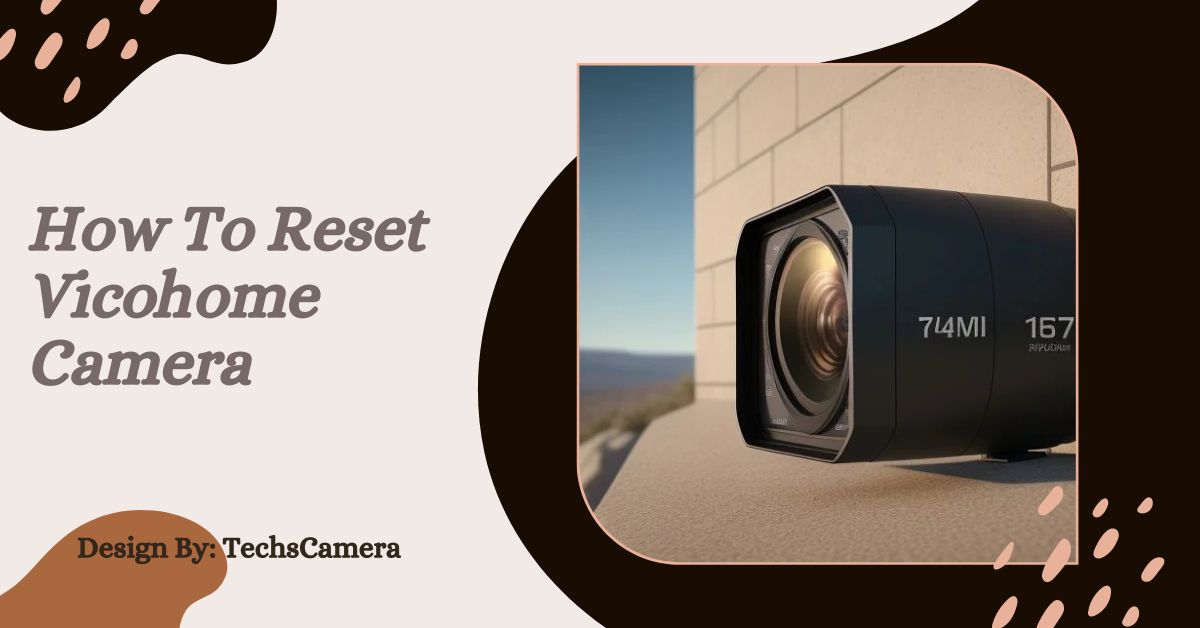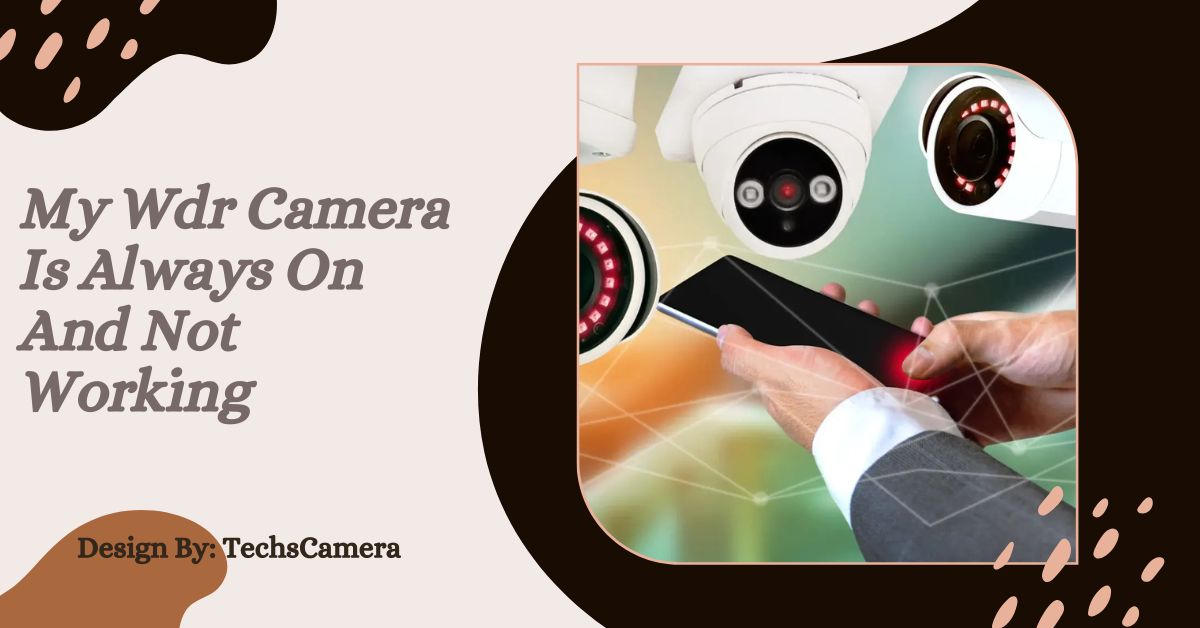Dxg camera drivers are crucial for proper camera function with Windows. Updated drivers improve performance, fix bugs, and ensure system compatibility.
Introduction:
In today’s digital world, having your camera work seamlessly with Windows is vital for top performance. Dxg camera drivers are essential for this, enabling smooth communication between your camera and computer. Whether you’re capturing professional photos or recording videos, having the correct drivers ensures optimal functionality.
This guide covers everything about Dxg camera drivers, from their importance and installation process to troubleshooting common issues, ensuring that you make the most of your camera’s capabilities with Windows.
What Are Dxg Camera Drivers:
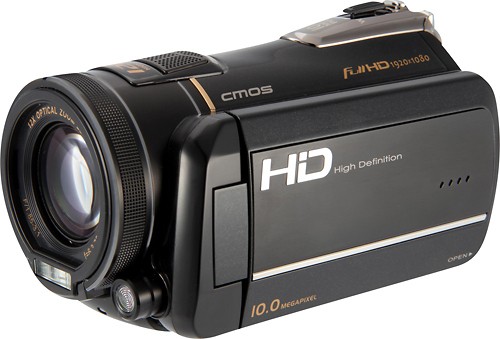
Dxg camera drivers are specialized software that allows your Dxg camera to interact with your Windows operating system. They translate the camera’s hardware signals into data your computer can understand and process. This communication enables the transfer of images and videos, ensuring that your camera functions correctly with your PC.
Without these drivers, your camera may not work properly or may not be recognized by your computer. Proper drivers are crucial for full functionality and compatibility with Windows, allowing for an uninterrupted user experience.
Importance of Up-to-Date Camera Drivers:
Keeping your Dxg camera drivers updated is essential for several reasons. First, updated drivers enhance performance by optimizing how your camera interacts with Windows. They ensure compatibility with the latest Windows updates and fix any bugs or issues present in older versions.
Updated drivers can also introduce new features and improvements, providing a better overall experience. Regular updates help prevent potential issues and maintain the best performance from your camera, ensuring that it continues to meet your needs effectively.
Checking Driver Compatibility with Your Windows Version:
Understanding the compatibility of your Dxg camera drivers with your specific version of Windows is crucial. Different Windows versions (such as Windows 10, Windows 11, etc.) may require different drivers to ensure full functionality.
Visit the Dxg website or the camera manufacturer’s support page to verify that you are downloading the correct driver version for your Windows operating system. This step helps avoid compatibility issues and ensures that your camera operates seamlessly with your current Windows setup.
The Role of Device Manager in Driver Management:
Device Manager is a vital tool in Windows for managing your camera drivers. Access it by searching “Device Manager” in the Windows search bar. Under the “Imaging Devices” section, you can view your camera and its driver status. Device Manager allows you to update, uninstall, or roll back drivers if issues arise. Regularly checking Device Manager can help you monitor the health of your drivers and troubleshoot any problems related to camera functionality.
How to Roll Back Drivers if Issues Occur:
If you encounter problems after updating your Dxg camera drivers, rolling back to a previous version can resolve the issue. To do this, open Device Manager, locate your camera under “Imaging Devices,” right-click it, and select “Properties.”
In the “Driver” tab, click “Roll Back Driver” if the option is available. This action will revert the driver to the previous version, potentially fixing any new issues introduced by the update. This method is useful if a recent update causes unexpected problems.
Also read: Do you Have to Update Camera Firmware – A Step-by-Step Guide!
Enhancing Camera Performance Through Driver Settings:
Driver settings can significantly impact your Dxg camera’s performance. Access these settings through the camera’s driver software or control panel. Adjust parameters such as resolution, frame rate, and image quality to optimize performance based on your needs.
Some drivers offer advanced settings that allow you to fine-tune various aspects of camera functionality. Exploring and customizing these settings can enhance the quality of your photos and videos and ensure that the camera operates efficiently.
Security Considerations When Downloading Drivers:
When downloading Dxg camera drivers, security should be a top priority. Always download drivers from the official Dxg website or reputable sources to avoid malware and security risks. Be cautious of third-party sites that may offer drivers, as they can sometimes host malicious software.
Ensure that your antivirus software is up-to-date and scans downloaded files before installation. Following these security practices helps protect your computer and personal data while ensuring the safe installation of camera drivers.
How to Install Dxg Camera Drivers on Windows:
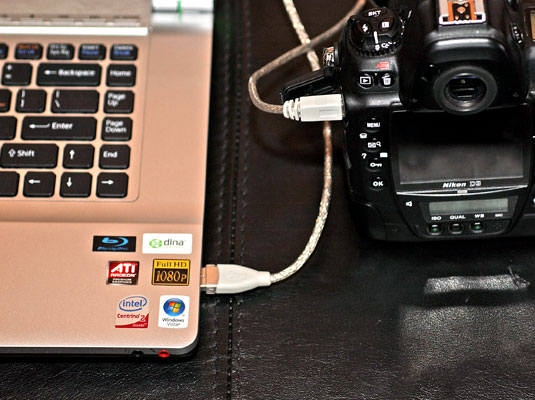
To install Dxg camera drivers, start by identifying your camera model. This information is usually found on the camera itself or in the user manual. Next, download the correct driver from the official Dxg website or a trusted source. Ensure you choose the driver that matches your camera model and Windows version.
Run the downloaded installer file, following the on-screen instructions to complete the installation. Restart your computer if necessary. After installation, verify that your camera is recognized by checking Device Manager or the Camera application to confirm proper functionality.
Troubleshooting Common Issues:
If your Dxg camera is not detected, ensure it’s properly connected to your computer. Try different USB ports or cables to rule out connection issues. If the camera still doesn’t work, uninstall and reinstall the driver.
For performance issues, updating the driver to the latest version may help. Additionally, check and adjust camera settings in both the driver software and the Camera application. If you encounter software conflicts, close unnecessary applications and check for any conflicting drivers that might be causing the problem.
Keeping Your Drivers Up-to-Date:
Regularly updating your Dxg camera drivers is crucial for maintaining optimal performance and compatibility. Many manufacturers provide tools or software that automatically notify you of new driver versions. You can also manually check the manufacturer’s website for updates.
Keeping your drivers current helps avoid issues related to outdated software and ensures that your camera continues to function smoothly with your Windows operating system. By staying up-to-date, you can enjoy improved features and performance from your camera.
FAQ’s:
1. How do I find the correct Dxg camera driver for my Windows version?
Visit the Dxg website or the camera manufacturer’s support page and look for drivers that match your specific camera model and Windows version.
2. What should I do if my Dxg camera isn’t detected by Windows?
Check the camera’s connection and try different USB ports. If it’s still not detected, reinstall the camera driver from Device Manager.
3. How can I roll back a driver if an update causes issues?
Open Device Manager, find your camera, right-click it, select “Properties,” go to the “Driver” tab, and click “Roll Back Driver.”
4. How often should I update my Dxg camera drivers?
Regularly check for updates, especially after major Windows updates, to ensure your camera continues to perform optimally and remains compatible.
5. Is it safe to download camera drivers from third-party websites?
No, it’s safest to download drivers from the official Dxg website or reputable sources to avoid malware and ensure compatibility.
Conclusion:
Dxg camera drivers play a vital role in ensuring that your camera operates effectively with Windows. Proper installation and regular updates are key to maintaining optimal performance and compatibility. By following the installation guidelines and troubleshooting tips provided, you can resolve common issues and make the most of your camera.
